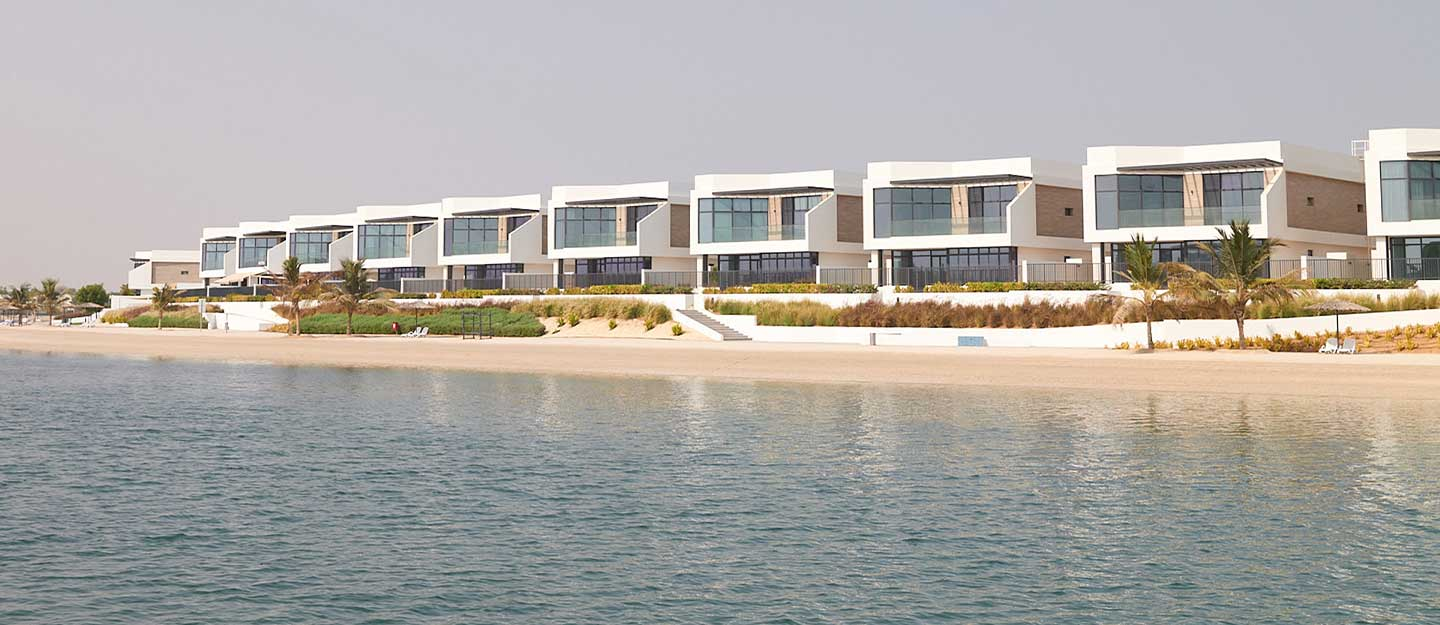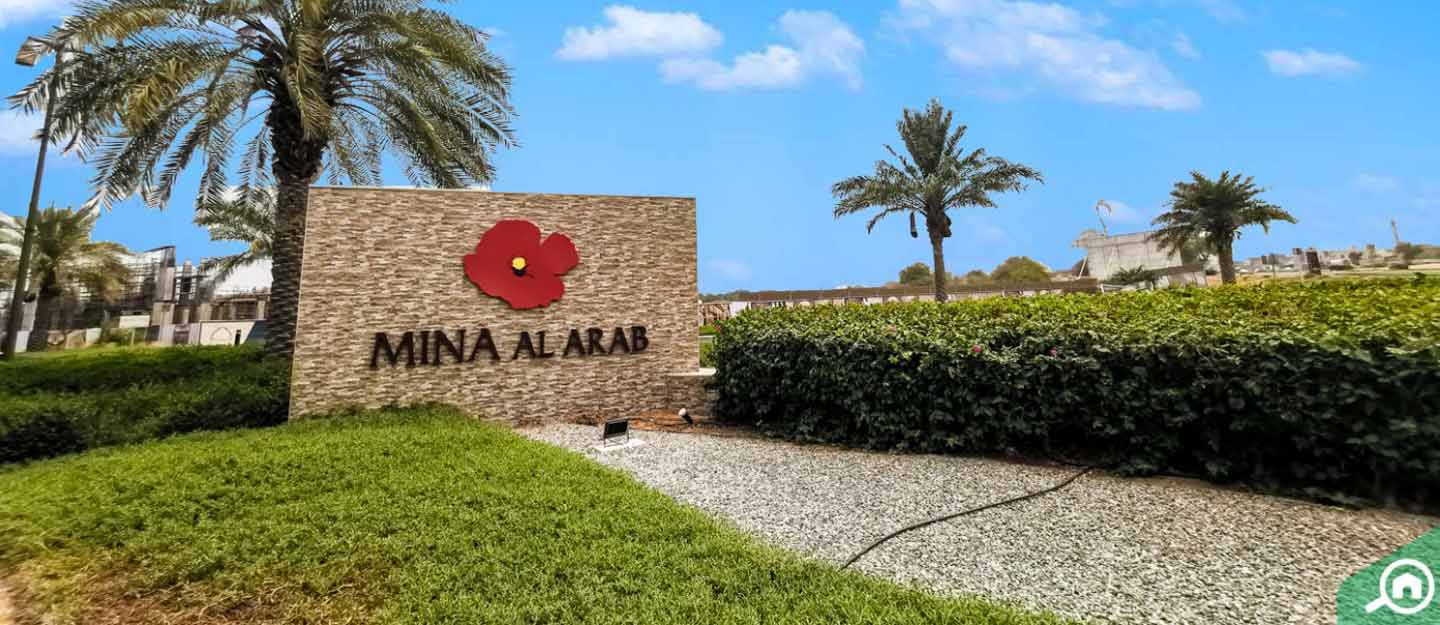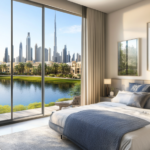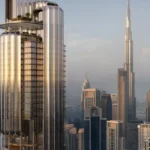Now Reading: How UAE Ensures Public Spaces Are Accessible for Everyone 2025
-
01
How UAE Ensures Public Spaces Are Accessible for Everyone 2025
How UAE Ensures Public Spaces Are Accessible for Everyone 2025
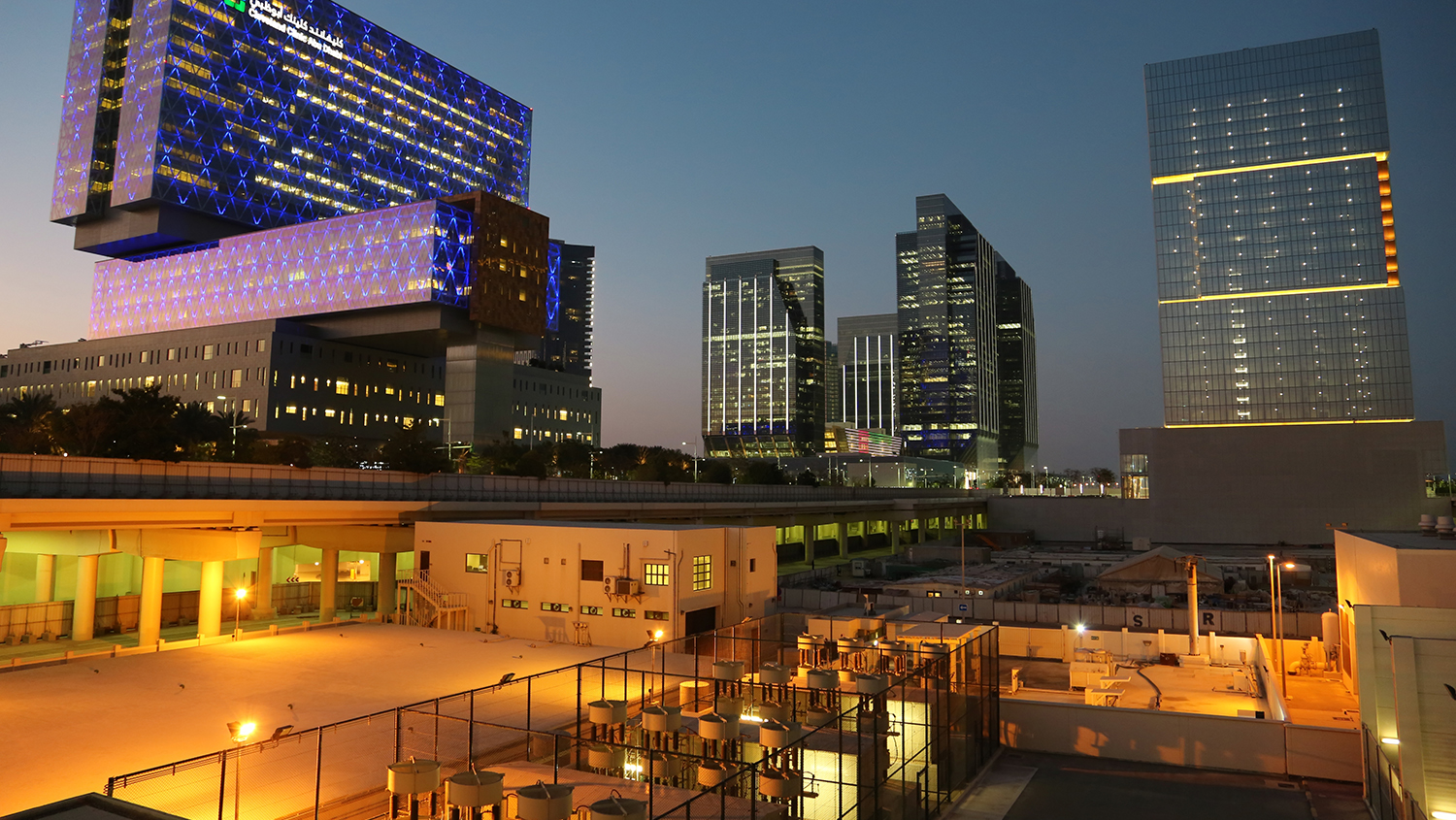
Table of Contents
The United Arab Emirates has emerged as a global leader in promoting accessibility and inclusivity in public facilities. Across cities like Dubai, UAE Abu Dhabi, Sharjah, and other emirates, the government has made deliberate efforts to ensure that every resident, visitor, and person with special needs can access public spaces comfortably and safely. From transportation hubs to parks, malls, government buildings, and recreational areas, inclusivity has become a priority in urban planning and public infrastructure development.
Inclusive public facilities are not just about compliance with international standards. They reflect the UAE’s commitment to social equality, enhancing quality of life, and promoting a sense of belonging among its diverse population. This article explores how the UAE ensures inclusive public facilities, the strategies involved, the technologies implemented, and the impact on communities.
Government Policies Promoting Accessibility
The UAE government has introduced several policies and regulations to make public facilities inclusive. The most notable is the Federal Law No. 29 of 2006, which protects the rights of people with disabilities. This law mandates equal access to public buildings, facilities, and services, ensuring that individuals with disabilities can participate fully in society.
Additionally, local authorities in emirates like Dubai and Abu Dhabi have created their own regulations to enhance accessibility. For example, Dubai Municipality has guidelines requiring that all new public buildings, parks, and transport facilities must be accessible to individuals with mobility, visual, and hearing impairments. These policies cover physical access, signage, seating, and even emergency response systems, ensuring safety for everyone.
Designing Public Spaces for Everyone
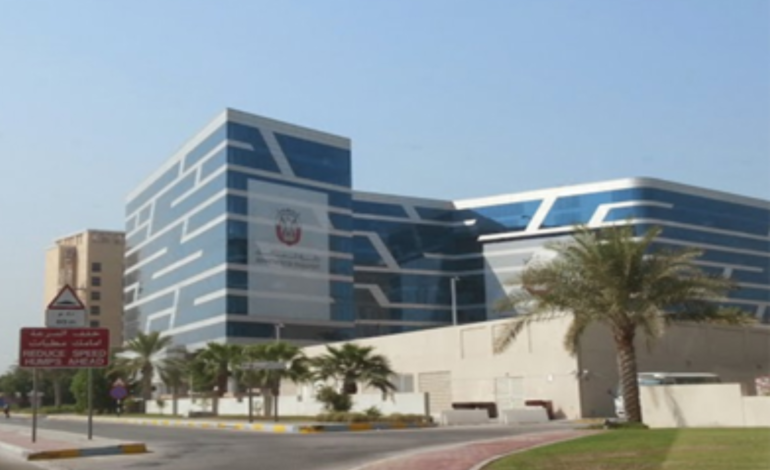
Inclusive design is a cornerstone of UAE’s approach to public facilities. Urban planners, architects, and developers are now integrating accessibility from the earliest stages of design. This includes features such as:
- Wheelchair-accessible ramps and elevators in buildings and transport stations.
- Tactile pathways for visually impaired people in public areas and metro stations.
- Audio signals and braille signage in public transport and pedestrian crossings.
- Accessible restrooms and seating in parks, malls, and public facilities.
- Priority seating and special access zones in buses, metro, and taxis.
By focusing on universal design principles, the UAE ensures that public spaces are not only compliant with laws but also genuinely convenient and welcoming for all users.
Inclusive Transportation Systems
Transportation is a key area where inclusivity has been prioritized. Dubai Metro, Abu Dhabi Bus network, and public taxis are equipped with facilities to support people with disabilities. Metro stations feature tactile guidance paths, ramps, and elevators, while buses and taxis provide wheelchair-friendly options.
In addition, the Roads and Transport Authority (RTA) in Dubai has launched a range of services for differently-abled residents, including accessible public transport apps and dedicated customer service support. These initiatives make commuting easier and encourage social participation for all citizens and residents.
Public Parks and Recreational Areas
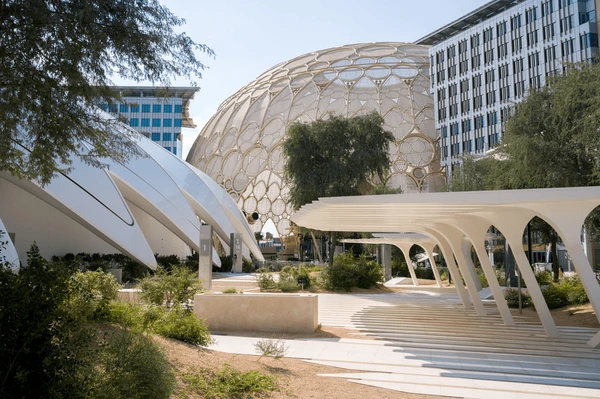
Public parks and recreational areas are vital for community well-being. The UAE has invested heavily in designing inclusive parks with facilities for children and adults with disabilities. Features often include:
- Playgrounds with equipment suitable for children with mobility challenges.
- Wheelchair-accessible walking paths and picnic areas.
- Accessible restrooms and drinking fountains.
- Community centers offering recreational programs for people with special needs.
For example, Mushrif Park in Abu Dhabi and Zabeel Park in Dubai are recognized for their inclusive design. These parks provide an environment where families, friends, and communities can interact without barriers.
Inclusive Healthcare Facilities
Healthcare is another critical area for accessibility. Hospitals, clinics, and health centers in the UAE follow strict guidelines to ensure patients with disabilities can receive care without obstacles. Features include:
- Wheelchair-accessible entrances, corridors, and treatment rooms.
- Special medical equipment and tools designed for differently-abled patients.
- Signage with braille and audio systems to guide visually impaired patients.
- Staff training programs to assist patients with diverse needs.
These initiatives demonstrate the UAE’s commitment to equitable healthcare access, which is a fundamental part of inclusive public services.
Smart Technologies Supporting Inclusivity
The UAE has embraced smart technologies to improve accessibility in public facilities. Government smart initiatives include:
- Smart mobility apps that provide real-time information on accessible routes and facilities.
- Digital kiosks with voice commands for visually impaired people.
- AI-powered navigation systems in metro stations and public buildings.
- Online portals for booking accessible services, reducing physical barriers.
By integrating technology into public infrastructure, the UAE enhances convenience, safety, and independence for all users, including the elderly and people with disabilities.
Cultural and Social Inclusivity
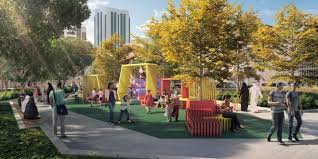
Inclusivity in the UAE is not limited to physical accessibility. The government promotes cultural sensitivity and social integration through public facilities. Community centers, museums, and cultural venues offer inclusive programs, workshops, and events designed for diverse populations.
For instance, the Louvre Abu Dhabi has adapted its exhibitions to be accessible to visitors with visual and hearing impairments. Similarly, public libraries offer audio books, large-print books, and online resources to accommodate various needs. These efforts foster an environment of acceptance, equality, and social cohesion.
Education and Awareness
Creating truly inclusive public facilities requires more than infrastructure—it also requires awareness. The UAE conducts training programs for government staff, architects, engineers, and urban planners to understand the principles of universal design and accessibility. Public awareness campaigns educate residents about inclusivity, encouraging empathy and support for people with disabilities.
By combining education, policy, and infrastructure, the UAE ensures inclusivity is embedded in both physical and social environments.
Impact on Residents and Visitors
The impact of inclusive public facilities in the UAE is visible in the daily lives of residents and visitors. People with disabilities can navigate cities independently, families with young children have safer public spaces, and the elderly enjoy improved mobility. Tourists also experience greater convenience, contributing to the UAE’s reputation as a welcoming, modern, and progressive nation.
Inclusivity enhances the overall quality of life, promotes equal opportunities, and reflects the UAE’s commitment to human development and social responsibility. It also strengthens the country’s international image as a global hub for innovation, sustainability, and social welfare.
Challenges and Future Plans
Despite significant progress, challenges remain. Some older buildings and public spaces require retrofitting to meet current accessibility standards. Continuous training, technological upgrades, and policy enforcement are needed to maintain and expand inclusive facilities across all emirates.
Future plans include expanding smart city initiatives, improving accessibility in remote areas, and enhancing digital services for people with special needs. The government is also exploring partnerships with private sectors to innovate and scale inclusive solutions.
Conclusion
The UAE’s approach to inclusive public facilities demonstrates a clear commitment to equality, accessibility, and social cohesion. Through robust policies, thoughtful design, technological integration, and public awareness initiatives, the country ensures that all residents and visitors, regardless of age, ability, or background, can enjoy safe, accessible, and welcoming public spaces.
As the UAE continues to grow and modernize, inclusive public facilities will remain a cornerstone of urban planning and social development, setting an example for nations worldwide. By combining policy, design, technology, and community engagement, the UAE proves that accessibility is not merely a requirement—it is a priority that enhances the lives of everyone.
Do Follow Estate Magazine on Instagram
Read More:- Tragedy in Dubai: Kerala Engineer Dies During Scuba Diving Trip



